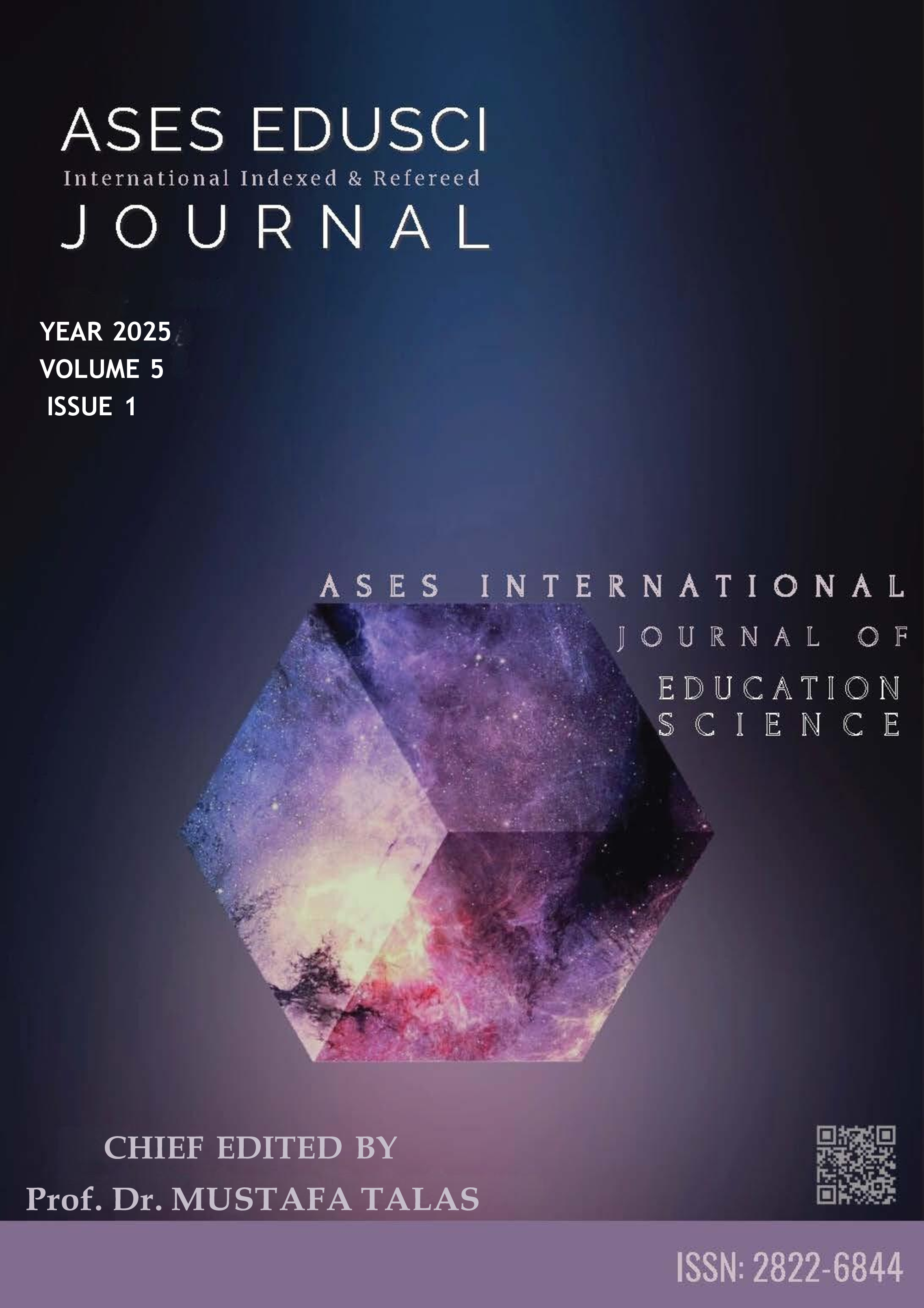Teaching The Azerbaijani Language Through The Example Of New Pedagogical Technologies
DOI:
https://doi.org/10.5281/zenodo.15719307Keywords:
education, technology, Azerbaijani language, teaching, method, teacher, studentAbstract
This article explores the application of modern teaching technologies in Azerbaijan language lessons and their impact on students’ academic performance, motivation levels, and development of creative thinking. It highlights that traditional approaches to teaching no longer meet the demands of modern education, and thus the integration of innovative methods and technologies into the learning process is essential. The study analyzes the use of pedagogical workshops, problem-based learning, project-based activities, game-based technologies, and information and communication technologies, concluding that these methods increase student engagement and make lessons more interactive and meaningful.
The article emphasizes the positive effects of applying modern pedagogical technologies, particularly computers and other digital tools, in teaching the Azerbaijani language. The use of technologies in the teaching process increases students' interest in the lesson, enhances their motivation, and ensures active participation. The article indicates that technologies help improve students' language skills, allowing them to grasp new materials more easily and participate in lessons in a more interactive manner.
Additionally, the use of modern technologies strengthens students' cognitive and emotional development, enhances their independent thinking skills, and fosters tolerance, mutual understanding, and collaboration skills during discussions. According to the results presented in the article, technologies lead to the creation of a more dynamic and motivating learning environment, different from traditional teaching methods. This approach ensures that students achieve better results both individually and in groups.
The findings reveal that systematic implementation of modern teaching technologies fosters a positive attitude towards learning, enhances student participation, and improves their creative thinking skills. Moreover, these technologies allow teachers to organize their work in a structured and goal-oriented manner. The results confirm the necessity of establishing student-centered learning approaches in contemporary primary and secondary education system
References
Əliyeva, S. (2020). Azərbaycan dili dərslərində innovativ təlim texnologiyalarının tətbiqi. Bakı: Elm və Təhsil.
Quliyeva, T. (2021). Müasir dərs strategiyalarında interaktiv texnologiyaların rolu. Azərbaycan Müəllim Jurnalı, (4), 45–50.
Məmmədov, R. (2018). Azərbaycan dilinin tədrisində müasir metodik yanaşmalar. Bakı: Nurlan Nəşriyyatı.
Cəfərova, N. (2019). İnteraktiv metodların ibtidai siniflərdə Azərbaycan dili dərslərinə təsiri. Azərbaycan Təhsil Jurnalı, (6), 37–42.
Rzayeva, Ş. (2022). Müasir pedaqoji texnologiyaların tətbiqi və nəticələri. Təhsildə İnnovasiyalar Jurnalı, (2), 16–22.
Həsənli, M., & Əlizadə, G. (2020). Azərbaycan dilinin tədrisində yeni texnologiyaların tətbiqi. Bakı: Adiloğlu Nəşriyyatı.
Vəliyeva, G. (2021). Layihə əsaslı təlimin Azərbaycan dili fənnində tətbiqi. Beynəlxalq Elmi-Nəzəri Jurnal, (3), 78–83.
OECD. (2020). Teachers and School Leaders as Valued Professionals: OECD Teaching and Learning International Survey (TALIS). Paris: OECD Publishing.
Zamanova, L. (2022). İnnovativ texnologiyalarla təlim mühitinin təşkili və Azərbaycan dili dərsləri. Dil və Ədəbiyyat Tədrisi, (1), 53–60.
Karimova, L., & Abdullayeva, S. (2021). Digital tools in language teaching: Case study of Azerbaijani primary schools. International Journal of Modern Education Studies, 5(2), 109–120.
Məmmədova, S. (2023). Yeni pedaqoji texnologiyalar əsasında Azərbaycan dili dərslərinin planlaşdırılması. Azərbaycan Təhsil və Psixologiya Jurnalı, (5), 27–33.
Downloads
Published
How to Cite
Issue
Section
License
Copyright (c) 2025 ASES EDUSCI (INTERNATIONAL JOURNAL OF EDUCATIONAL SCIENCES) ISSN: 2822-6844

This work is licensed under a Creative Commons Attribution-NonCommercial 4.0 International License.


